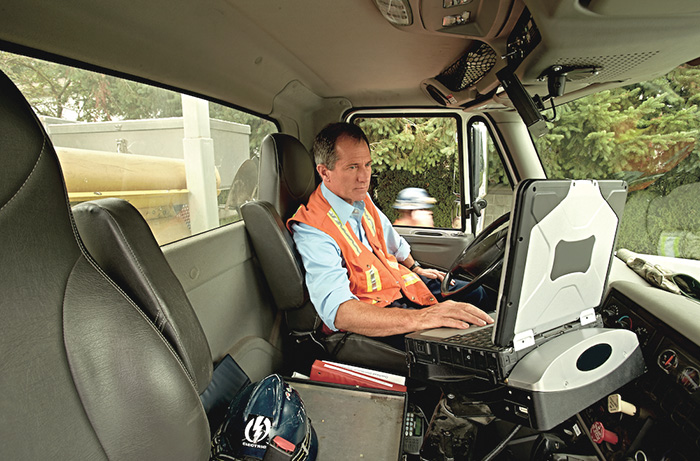 Smart Cities – a buzzword that has become a must ingredient in all our talks and discussions when we refer to how technology can be used for more productive gains.
Smart Cities – a buzzword that has become a must ingredient in all our talks and discussions when we refer to how technology can be used for more productive gains.
Over the last decade, the adoption and use of technologies like Mobility, Cloud and Social Platforms, commonly referred to as SoCoMo, has made it possible for common, middle class users to use small, focused applications for making their life easier and comfortable. Whether it is simply paying your utility bills using mobile banking or getting that favourite movie ticket by just clicking couple of buttons, use of technology has really changed the way we live, play and work.
Though we have been referring to Smart Cities and communities for sometime now, let us look at how use of Information and data available to us can be used to really create some smart services, which in a true sense provide us with better living. Let us look at a key case, which impacts us almost daily: traffic management.
Use of technology and real time analysis can actually lead to a smooth traffic management.
Smart Traffic Management: With affordability and higher purchasing power, it has become very easy for a common person to own a vehicle. The number of cars sold last year in India was few times more than cars sold 20 years back. Though this has led to a comfortable lifestyle, it also creates a problem in terms of road congestion and traffic pile up around our cities. So how can we use data and information easy and smooth? Let us look at a scenario.
Connecting Traffic Management System (Traffic signals and Traffic Command centers) with a GIS enabled digital road map of the city and using the power of analytics is a key to smooth traffic management. Using real time analytics of data from these sources and linking them to some trends, we can manage traffic flow much better. Imagine a car driver getting an SMS when he is driving towards the City Center, guiding him to roads which are less congested and helping to identify a parking slot. Data analytics tools get data from the Traffic Management System, align this in real time with GIS mapping and parking management data provide information to the driver, thus help reducing traffic pile up. Also, information from these systems are being projected in real time on digital screens installed at City Center entrances, guiding drivers to available parking slots and streets. This not only helps reduce congestion but also saves lot on time and fuel, thus making environment cleaner and better to live. Hence, a smart living experience.
 Scenario 1 : How Smart Analytics can reduce Traffic Congestion on a busy road
Scenario 1 : How Smart Analytics can reduce Traffic Congestion on a busy road
• Sensors connected to traffic signal keep sending information to a central server on number of vehicles piling
• Analytics platform gets real-time data from sensors, traffic signals within 2km of intended junction & GIS mapping of roads
• When a threshold is reached, analytics software send a message to traffic display 1km before the signal
• Motorists driving towards signal are asked to divert to another road
• When number of vehicles at signal decrease below threshold, message flashed on display stops urging drivers to drive towards signal
• Installing similar system across city makes all signals congestion free
 TrafficInfraTech Magazine Linking People Places & Progress
TrafficInfraTech Magazine Linking People Places & Progress

